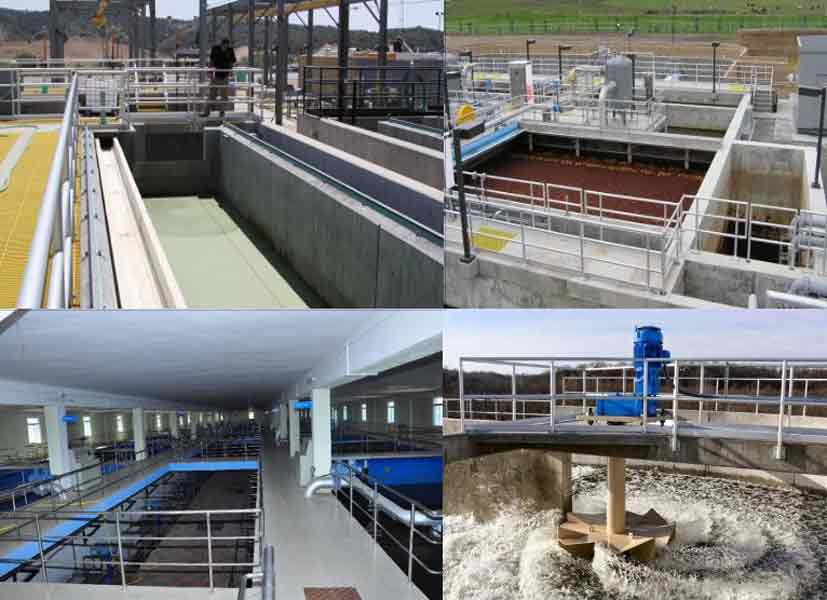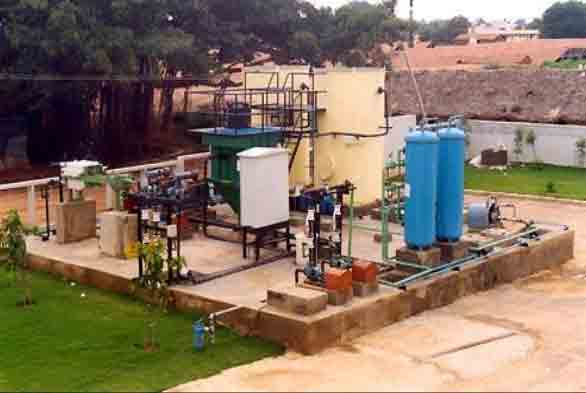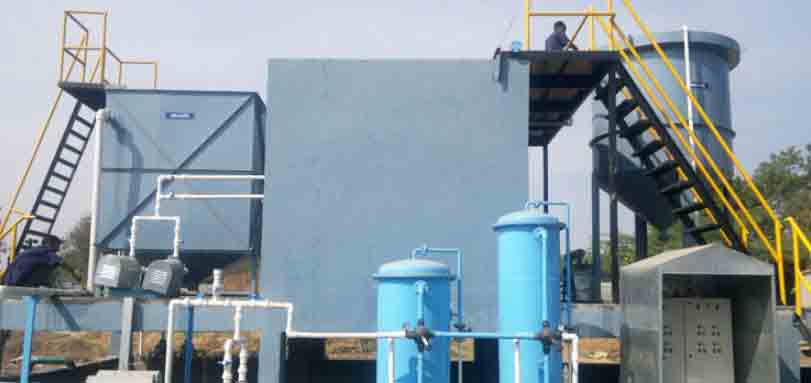Improve Effluent Treatment Plants in Bangladesh in 2024
Effluent Treatment Plants (ETP) play a crucial role in maintaining environmental sustainability and ensuring public health by treating industrial wastewater before it is discharged into the environment. In Bangladesh, the demand for efficient and reliable ETP solutions has been rising steadily, driven by rapid industrialization and urbanization. ETP Plant Bangladesh stands out as the premier manufacturer and supplier of effluent treatment plants in the country, providing state-of-the-art technology and cost-effective solutions to meet the diverse needs of various industries.

The Importance of Effluent Treatment Plants in Bangladesh
Bangladesh faces significant challenges in managing industrial wastewater due to its booming industrial sector, particularly the textile industry. Without proper treatment, industrial effluents can lead to severe water pollution, adversely affecting both human health and the environment. ETP are designed to treat this wastewater, removing harmful contaminants and ensuring compliance with environmental regulations.
Key Benefits of ETPs:
- Environmental Protection: By treating industrial wastewater, ETPs help reduce pollution levels in water bodies, protecting aquatic ecosystems and biodiversity.
- Public Health: Properly treated effluent prevents the spread of waterborne diseases, ensuring safer water for communities.
- Regulatory Compliance: ETPs help industries meet government standards for effluent discharge, avoiding legal penalties and promoting corporate responsibility.
- Resource Recovery: Advanced ETPs enable the recovery of valuable resources from wastewater, such as water reuse and energy production.
ETP Plant Cost in Bangladesh
The cost of installing and maintaining an ETP in Bangladesh varies based on several factors, including the size of the plant, the type of technology used, and the specific requirements of the industry. Generally, the cost can be divided into capital expenditure (CAPEX) and operational expenditure (OPEX).
Factors Influencing ETP Costs:
- Plant Capacity: Larger plants with higher treatment capacities typically have higher costs.
- Technology: Advanced treatment technologies like reverse osmosis or membrane bioreactors may increase the initial investment but offer long-term savings and efficiency.
- Industry Type: Different industries produce varying types and volumes of effluent, impacting the design and cost of the ETP.
- Regulatory Requirements: Compliance with stringent discharge standards may necessitate more sophisticated and costly treatment processes.
Investing in an efficient ETP not only ensures regulatory compliance but also offers long-term economic benefits by minimizing water usage and reducing waste disposal costs.

Wastewater Treatment Technologies in Bangladesh
Several wastewater treatment technologies are employed in Bangladesh to address the diverse needs of different industries. The choice of technology depends on the nature of the effluent, regulatory requirements, and cost considerations.
Common Treatment Technologies:
- Biological Treatment: Utilizes microorganisms to degrade organic pollutants. Popular methods include activated sludge processes and biological trickling filters.
- Chemical Treatment: Involves the addition of chemicals to precipitate and remove contaminants. Common methods include coagulation, flocculation, and chemical precipitation.
- Membrane Filtration: Uses semi-permeable membranes to separate contaminants from water. Technologies like reverse osmosis (RO) and ultrafiltration are widely used for their effectiveness in removing a wide range of pollutants.
- Physical Treatment: Includes processes like sedimentation, flotation, and filtration to physically remove solids from wastewater.
- Advanced Oxidation Processes (AOPs): Employs powerful oxidants like ozone or hydrogen peroxide to degrade complex organic compounds.

Challenges of Water Treatment in Bangladesh
Despite advancements in wastewater treatment technologies, Bangladesh faces several challenges in achieving effective water treatment.
Key Challenges:
- Infrastructure Limitations: Many areas, especially rural regions, lack the necessary infrastructure for advanced wastewater treatment.
- Financial Constraints: High initial costs and ongoing maintenance expenses can be prohibitive for small and medium-sized enterprises (SMEs).
- Regulatory Enforcement: Ensuring compliance with environmental regulations is often difficult due to insufficient monitoring and enforcement mechanisms.
- Public Awareness: Limited awareness about the importance of wastewater treatment and environmental protection hampers community support for ETP initiatives.
Government Initiatives for Water Treatment in Bangladesh
The Bangladeshi government has recognized the critical importance of effective wastewater treatment and has undertaken several initiatives to promote the installation and operation of ETPs across various industries.
Notable Initiatives:
- Regulatory Framework: The government has established stringent effluent discharge standards and regulations to control industrial pollution.
- Incentives and Subsidies: Financial incentives, subsidies, and low-interest loans are provided to encourage industries to invest in ETPs.
- Public-Private Partnerships (PPPs): Collaborations between the government and private sector aim to enhance the development and implementation of advanced water treatment solutions.
- Capacity Building: Training programs and workshops are conducted to build technical expertise and raise awareness about sustainable water management practices.
Environmental Sustainability and Public Health
Effluent treatment is not just about compliance; it is a vital component of environmental sustainability and public health. Clean water access is essential for the well-being of communities and the protection of ecosystems.
Public Health Initiatives:
- Waterborne Diseases Prevention: Proper treatment of industrial wastewater reduces the risk of diseases like cholera, dysentery, and typhoid, which are prevalent in areas with poor water quality.
- Safe Drinking Water: Ensuring that treated effluent does not contaminate drinking water sources is crucial for maintaining public health.
Environmental Sustainability:
- Resource Conservation: Advanced ETPs enable the recycling and reuse of water, reducing the strain on freshwater resources.
- Zero Liquid Discharge (ZLD): Some industries adopt ZLD practices to completely eliminate wastewater discharge, enhancing environmental sustainability.
- Sludge Management: Proper handling and disposal of sludge generated during wastewater treatment are essential to minimize environmental impact.
Call to Action
Investing in effluent treatment is not just a regulatory requirement; it is a commitment to environmental stewardship and public health. Industries, policymakers, and communities must work together to ensure that every drop of wastewater is treated effectively, paving the way for a cleaner, healthier, and more sustainable Bangladesh.
FAQs
What is an Effluent Treatment Plant (ETP) in Bangladesh?
An ETP is a facility designed to treat industrial wastewater, removing pollutants before discharge into the environment. In Bangladesh, ETPs play a vital role in preventing water pollution and safeguarding public health.
How does an Effluent Treatment Plant work in Bangladesh?
ETPs employ various treatment processes such as biological, chemical, and physical methods to remove contaminants from industrial effluents. The treated water undergoes quality checks to ensure compliance with regulatory standards before discharge.
Why are Effluent Treatment Plants important in Bangladesh?
Effluent Treatment Plants are essential for maintaining environmental sustainability and protecting water resources in Bangladesh. By treating industrial wastewater, ETPs prevent pollution, minimize health risks, and promote the responsible use of water resources for future generations.
